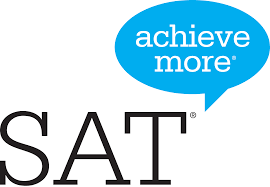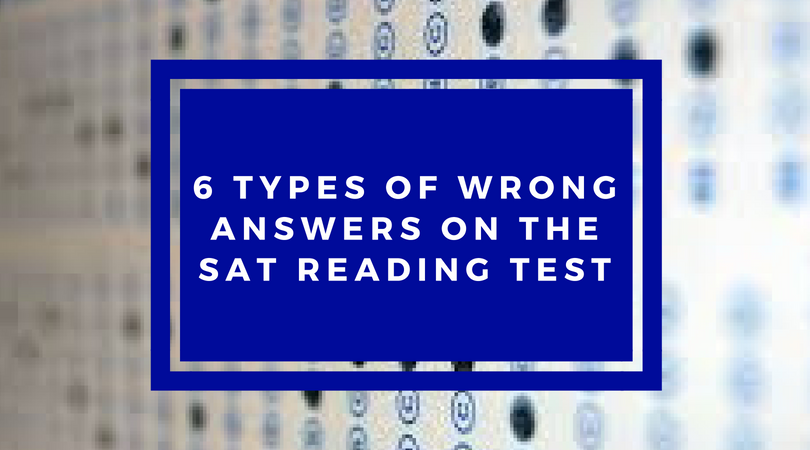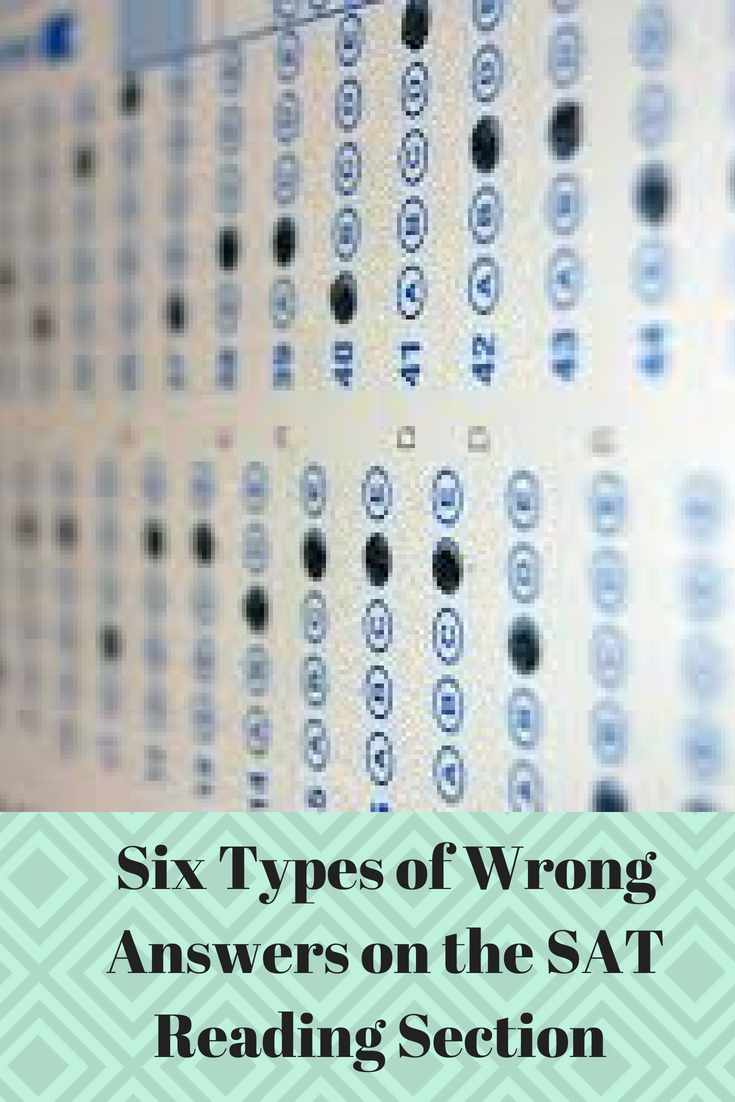6 Types of Wrong Answers on the SAT Reading Test
It is SAT season and many high schoolers can agree that the SAT is hard. Even those who already have a high score are probably trying to get higher. Those with a low score are looking for high gains to get where they need to be to get into colleges. When I was going to college, a difference of 100 points on the SAT could mean thousands of more dollars in scholarships. This may often be the reason that parents hire tutors well in advance to prepare their students for the SAT. These parents are significantly helping their students because students should be preparing by the summer of their junior year to have the best results.
On the SAT we want to get the right answers. That is the whole point of the test. However, when looking at the questions sometimes it is not that easy to find the right answer. In many cases, it is a lot easier to find the wrong answers. The good news is that once students eliminate the wrong answers all that is left is the right answer. Eliminating the wrong answers is easier also when students know how the test is trying to trick them. In this post, I will be discussing six types of wrong answers on the SAT reading section.

The Extreme Answer
The extreme answer is exactly that extreme. This is the most common answer trap on the SAT. It may state that the author proves something when in fact their argument can never be proven. It may also say that an author is extremely angry about something when they are only mildly displeased. Anytime students see extreme words like never, always, or even no that probably is not the right answer. If two answers are close to the same the less extreme answer is, more than likely, the right answer.
The Copycat Answer
For any Princess Bride fans out there, this question is the epitome of “You keep saying that word, I don’t think it means what you think it means.” This is a question that copies the exact wording of the passage but uses it in a way that is not true. It may say that this specific thing was one way when it wasn’t. It may also work off a definition of the idea which is not the real definition. Often the correct answers will be paraphrases of what is said in the article, not verbatim words from the article.
The Opposite Answer
This answer seems like it would be easier to spot. These answers say the exact opposite of the correct answer. So it seems like they would be easy to eliminate. The problem with these answers is that they make students second-guess their judgments. These answers often show up on questions about the author’s argument. So when students come across them, they question if they actually read the piece right and really understood what the author was trying to say. Students should trust their instincts they are probably right.
Want to Read More?
Online Tutoring vs. In-Person Tutoring
How to Improve English Grammar in Writing
5 Ways to Teach Math Using Couponing
The True But Wrong Answer
This answer is hard because it is actually true. It was actually said in the passage. The problem is that it does not answer the question at hand. The question may be asking about the second paragraph and this answer was in the fourth paragraph. On duel passage questions this answer may be in passage one and the question asks about passage two. It is true. It was said in the article. Just not in the place the question points too. It may also just not answer the question at hand. This answer is tempting though because it was in the passage and it is true. Don’t fall for it.
The True to a Point Answer
This answer is true until it isn’t true. It may also be called a half true answer. I was working with a student yesterday and there was one of these answers and I almost got caught by it too. It was talking about what items being added to the chart would be most useful considering the argument that the author put forward in … lines. So the answer said medium income would be helpful, which was talked about in the passage. The problem came when it said for a single year. The chart showed information over a 40 year period. Putting in median income for one year would not show us much. It would also mess up the chart. This answer was correct until it wasn’t. These answers are so tempting because students often don’t read all of them. Students are trying to rush to finish this test and once they see an answer that seems true they pick it. They don’t read to the end of the sentence to see that it is wrong. Remember always read the whole sentence.
The True to You Answer
This answer is trying to trick students by preying on what they believe to be true. Students may think that something is true about a subject, but the answer was never talked about in the article. This answer type often comes up with the author’s intention or the author’s argument questions. One example that sticks in my head, was an SAT passage where the author was giving a summary of the history of slavery. There was a question about the author’s intention and one of the possible answers was to show that slavery is unjust and immoral. We as people know this to be true. Slavery is horrible. It is a black mark on our history. However, the author was not trying to prove that. They were just trying to show the history of slavery. Students have to check their own knowledge and try not to make logical leaps. Logical leaps are where we believe that A leads to C, but the passage only talks about how A leads to B and we cannot confirm that B leads to C. Logical leaps will get students the wrong answer every time.
Eliminate for Success
“Once you eliminate the impossible whatever remains, no matter how improbable, must be the truth”- Sherlock Holmes. One of the keys to success on the SAT is eliminating the impossible or wrong answers. Whatever then remains must be the right answer. If students know about these answer traps they are way more likely to be able to avoid them. To get students more comfortable with these traps have them take an SAT practice section and for every question point out which of these traps the wrong answers fall into. This will help students see examples of these wrong types of answers. There are plenty of free practice tests at Collegeboard.com. If you want to buy a test prep book, I highly recommend Cracking the SAT Premium by The Princeton Review. Head over to my shop to buy it.
If you enjoyed this post please share it so that others can benefit from it as well. A great way to do that is through Pinterest.


